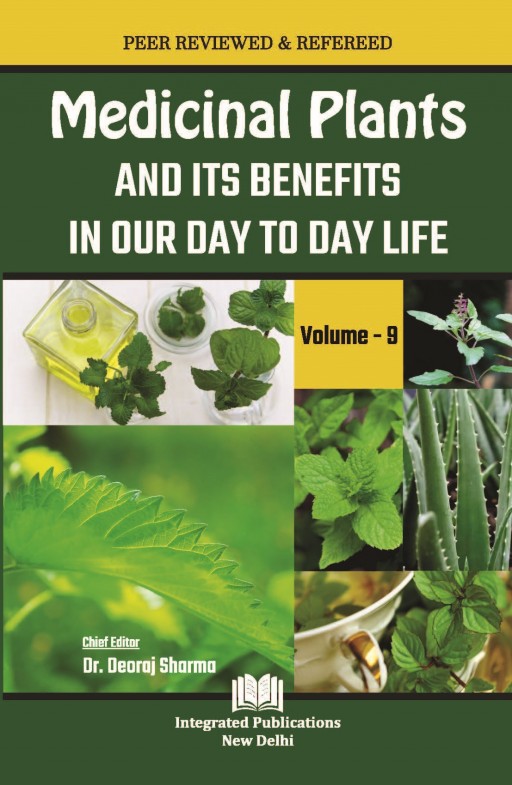Therapeutic Properties of Neem


For thousands of years, the beneficial properties of Neem (Azadirachta indica A. Juss) have been recognized in the Indian tradition. Neem (Azadirachta indica A. Juss) is a member of the Meliaceae family, which is widely distributed globally and may be grown in tropical and subtropical regions. The neem plant is thought to be one of the richest sources of drugs for traditional and modern medicine, nutraceuticals, food supplements, folk medicine, pharmaceutical intermediates, and chemical entities for synthetic medicines. Neem trees and its varied parts have been used for generations in Indian traditional Ayurvedic medicine. Alcoholic leaf extract of Neem, which contains the active ingredients nimbinin and nimbandiol, was found to significantly lower blood sugar levels, making it an effective treatment for diabetes. Neem oil, bark, and leaf extracts have been used therapeutically as traditional medicine to treat rheumatism, chronic syphilitic sores, indolent ulcer constipation, fever, infections, inflammation, dental problems, intestinal helminthiasis, skin conditions, and other ailments as well as to promote overall health. Neem oil finds use to control various skin infections. Bark, leaf, root, flower and fruit together cure blood morbidity, biliary afflictions, itching, skin ulcers and burning sensations. Overall, various phytochemical compounds present in Neem have significant role in the prevention and treatment of diseases via the regulation of various biological and physiological pathways.